
The following are the works not to be missed.
1 - The Mona Lisa

Date of creation: 1503 - 1506 approx.
Author: Leonardo da Vinci
Dimensions: 77 cm x 53 cm, with a thickness of 13 mm
Technique and subject of work: oil portrait on poplar wood panel
2 - Virgin of the Rocks
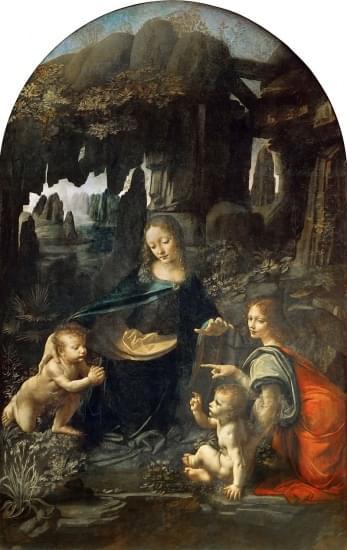
Date of creation: 1483 - 1486
Author: Leonardo da Vinci
Dimensions: 199 cm x 122 cm
Technique and subject of work: oil on panel transported on canvas depicting religious themes
3 - Cupid and Psyche
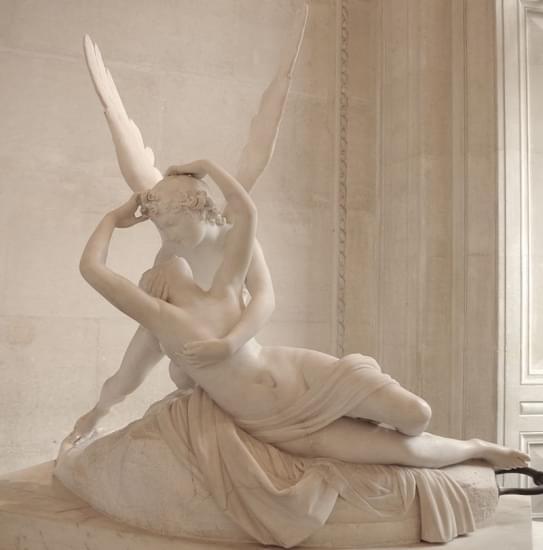
Date of creation: 1787 - 1793
Author: Antonio Canova
Dimensions: 155 cm high
Technique and subject of work: white marble sculptural group representing the subjects of Cupid and Psyche
4 - Nike of Samothrace
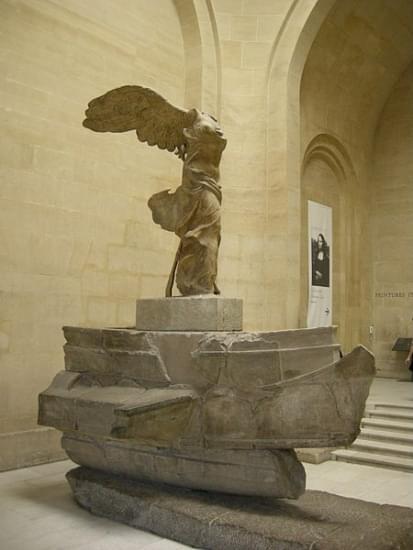
Date of creation: c. 200 - 180 B.C.
Author: Pythocritus (authorship not one hundred per cent verifiable)
Dimensions: 245 cm high
Technique and subject of work: Parian marble statue representing the goddess Nike without arms or head
5 - Venus of Milo
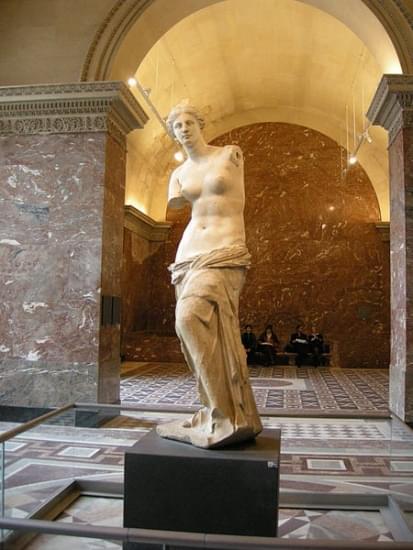
Creation date: c. 130 BC
Author: Alexander of Antioch
Dimensions: 202 cm high
Technique and subject of work: Parian marble sculpture depicting Aphrodite without arms
6 - Louvre Crucifix
Religious work of uncertain authorship, partly due to the less than optimal state of preservation in which it arrived at the Parisian museum back in 1863.
Date of creation: circa 1315
Author: Giotto and collaborators (uncertain authorship)
Dimensions: 277 cm x 225 cm
Technique and subject of work: shaped cross depicting Christ, painted in tempera and gold on panel
7 - The Oath of the Horatii

Date of creation: 1785
Author: Jacques-Louis David
Dimensions: 330 cm x 425 cm
Technique and subject of work: Oath of the three Roman brothers - the Horatii - Oil painting on canvas
8 - The Sabine Women
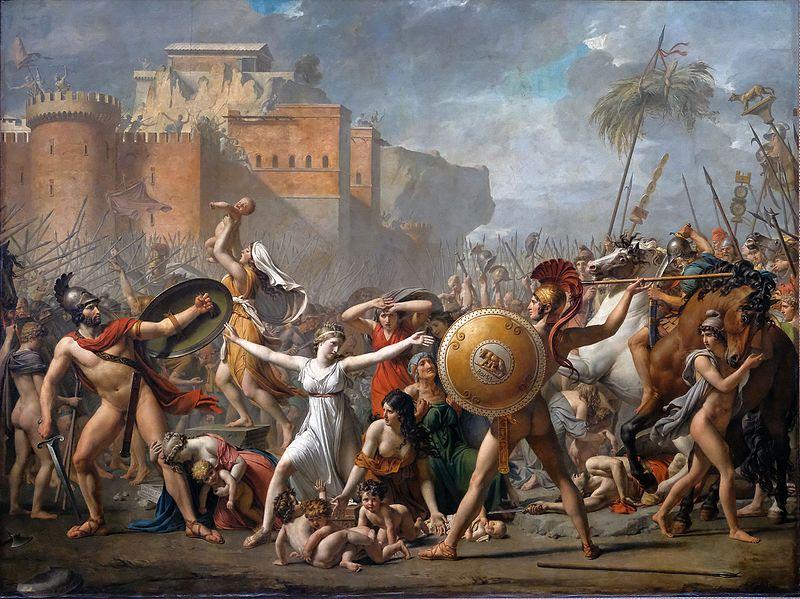
Date created: 1794 - 1799
Author: Jacques-Louis David
Dimensions: 385 cm x 522 cm
Technique and subject of work: oil painting on canvas depicting the Sabine women trying to prevent a war between the Romans and the Sabines
9 - Liberty Leading the People

Date of creation: 1830
Author: Eugène Delacroix
Dimensions: 260 cm x 325 cm
Technique and subject of the work: the French people rebelling against the oppressor. Oil painting on canvas
Times and prices

Hours: Mon-Thurs-Sun 09:00 - 18:00; Wed and Fri 09:00 - 21:45
Full price ticket: €15.00 (the price also includes admission to the Eugène Delacroix Museum)
Reductions: free admission to the Louvre for the following categories: under 18s, 18-25 year olds resident in the European Union, disabled people and their carers, unemployed jobseekers, art, history and applied arts teachers
Miscellaneous: every Friday from 6 p.m. onwards, admission to the Louvre is free for under 26s with ID. From October to March, admission to the museum is free for everyone every first Sunday of the month. Free admission for all is also scheduled on 14 July (National Holiday)
Online tickets and guided tours
Priority entrance to the Louvre Museum: from €19.00 per person.
Admission without queue with audio guide: from €39.00 per person.
Admission without queuewith guided tour: from €59.00 per person.
Where is it located and how to get there
The Louvre Museum can be reached in a few minutes by the main means of transport, as well as on foot or by car, in less than 20 minutes.
On foot: proceeding from the city centre north on Quai de l'Hôtel de ville towards Rue de Rivoli, the Louvre can be reached in 17 minutes
By bus: buses n° 21, 24, 27, 39, 48, 68, 69, 72, 81, 95 stop at the Louvre in approximately 16 minutes
By metro: the yellow line no. 1 departing from the City Hall stop makes it possible to reach the attraction in just 10 minutes
Driving directions: google maps
Useful tips for visiting the Louvre
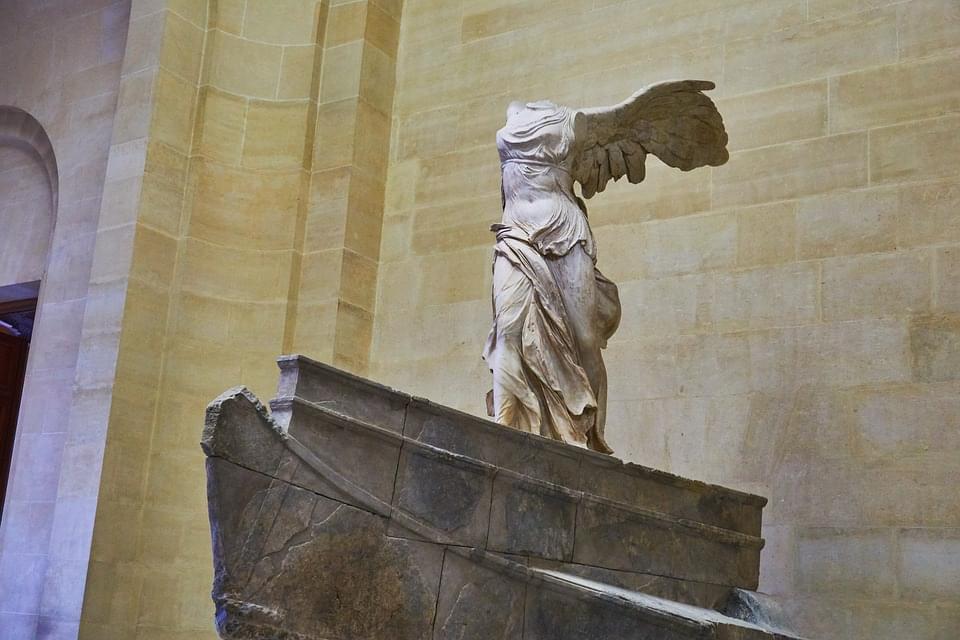
Getup early: get to the museum at least an hour before it opens because of the tight controls at the entrance
Choose the right day: avoid planning your visit on the first Sunday of the month (from October to March) or on a Monday: these are the days when the queue in front of the Museum could become interminable
Buy the city card: the Paris Pass gives you free entry to over 60 of the city's attractions, including the Louvre
Priority ticket: you can buy your ticket in advance and also choose from the different types of tours that the museum offers visitors
Beware of restrictions: it is forbidden to enter the Museum with bulky luggage or suitcases. Luggage no larger than 55 x 35 x 20 cm (21.5 x 13.5 x 7.5 inches) may be accepted and placed in the luggage lockers after being checked
Minimum time: it takes at least three hours to visit the Louvre; ideally, you should spend at least half a day exploring the attraction
Use a map: you can download or pick one up free of charge at the information point in the Museum, located in the Hall Napoléon
Clothing: given the size of the Museum, it is advisable to wear comfortable clothes and shoes in order to move around with ease. It should also be remembered that there is a real risk of mugging inside the building, so it is important to always carry a purse with money and documents, which should never be lost. Finally, it is advisable not to keep money and documents on display, or in the back pockets of trousers. It is possible to photograph the works inside the museum, respecting the appropriate safety distances from the works
Related articles
What are the closest ski resorts to Paris?

Shopping in Paris: the top shopping centres in Paris
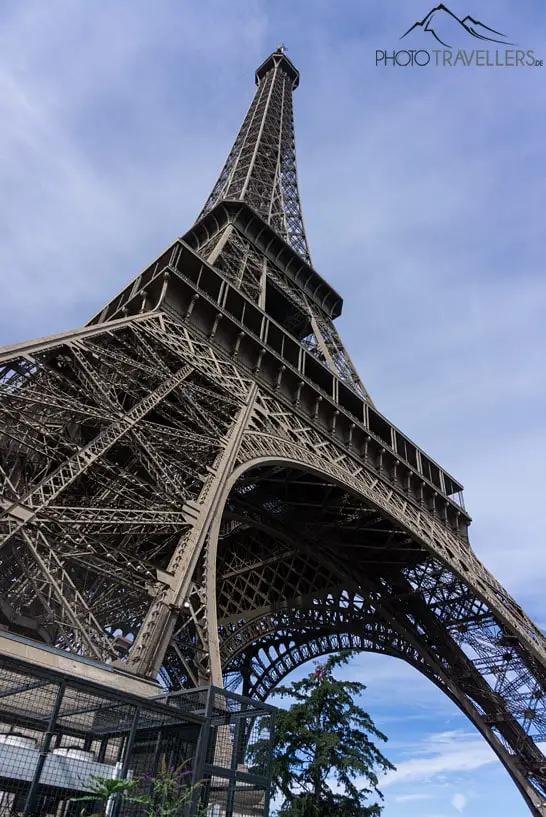
Paris with children - the 20 top highlights for families
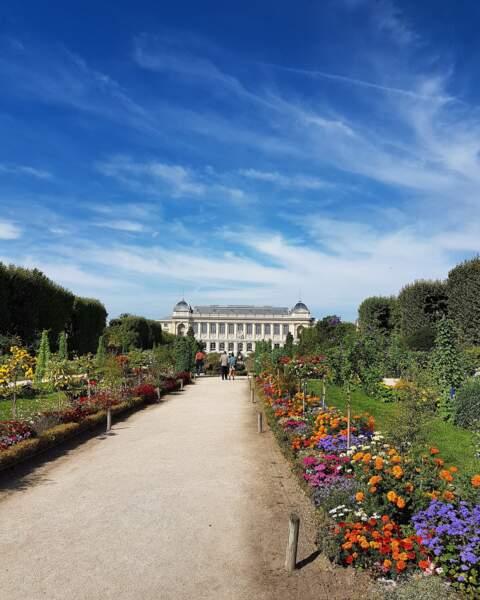
What to do in Paris if you love nature: 10 must-see places
Halal restaurant Paris: the top 42 best places

Top 8 Places to Celebrate New Year's Eve 2024 in Paris
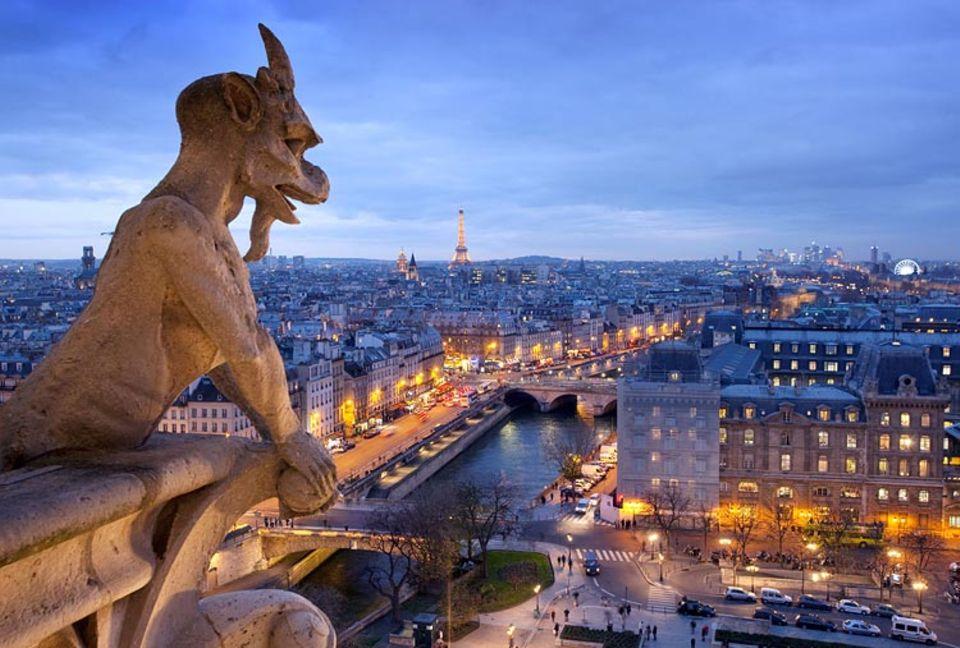
City trip: Paris from above
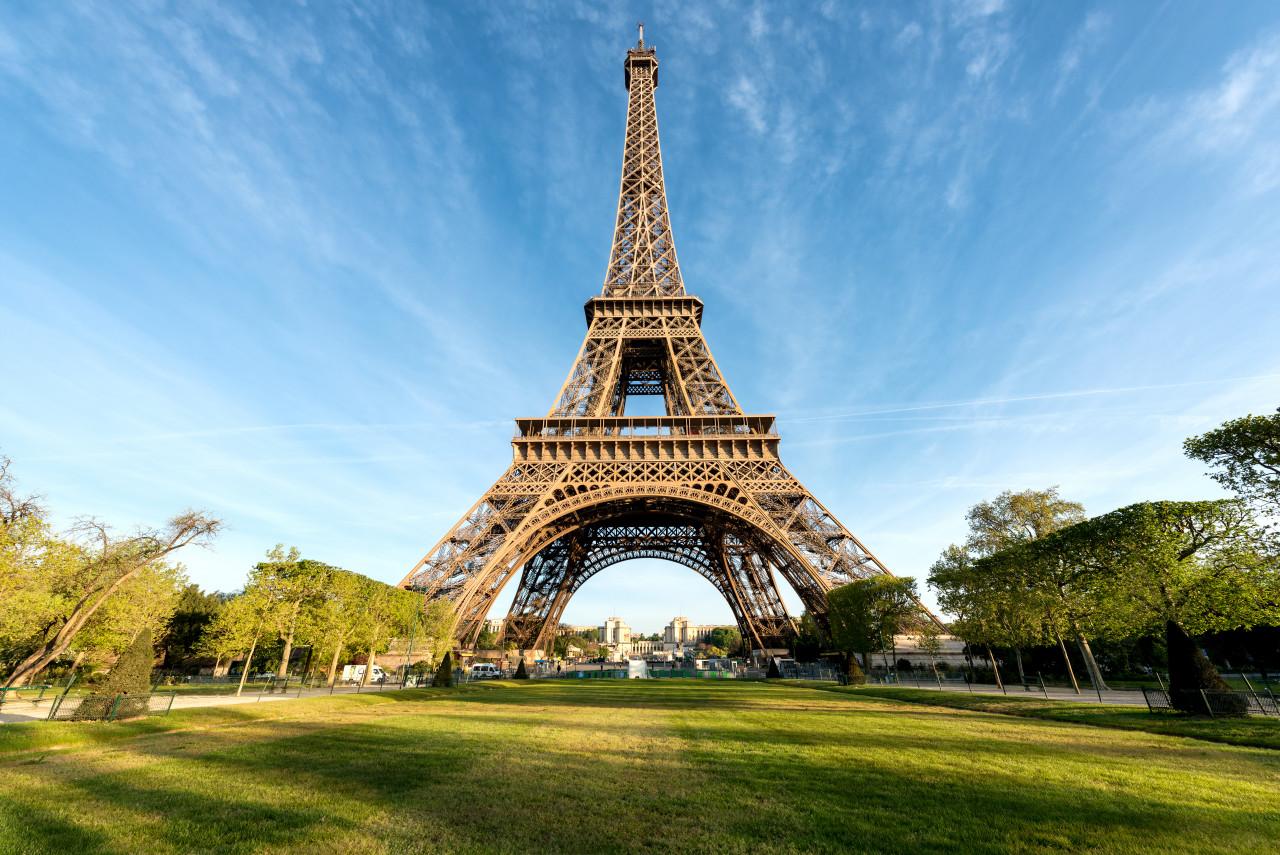
Visit the Eiffel Tower in Paris: timetables, prices and tips